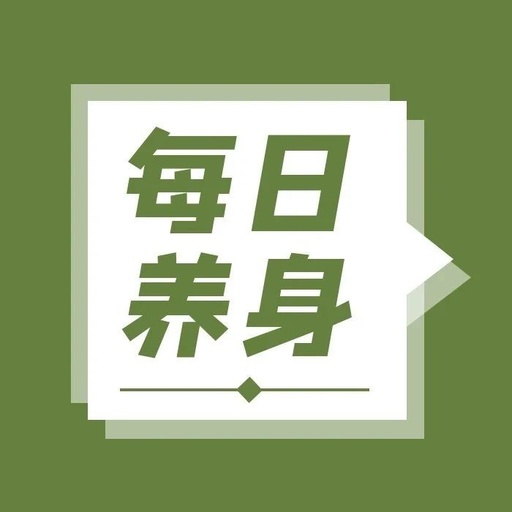01
As women reach middle age, facial sagging becomes apparent.
In their youth, women often have skin as smooth as jade, but as they age, they notice a gradual loss of beauty in their facial skin. Why does this happen?
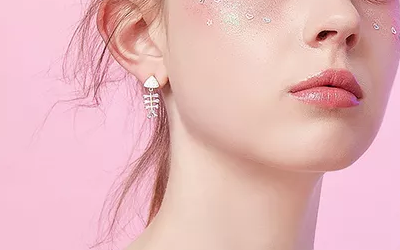
In the “Huangdi Neijing: Suwen,” it is mentioned: “At the age of thirty-five, the Yangming pulse weakens, the face begins to wither, and hair starts to fall out.” This refers to women, who at thirty-five, experience yellowing skin and significant hair loss, with the most noticeable change being facial sagging. The main culprit here is the weakening of the Yangming pulse.
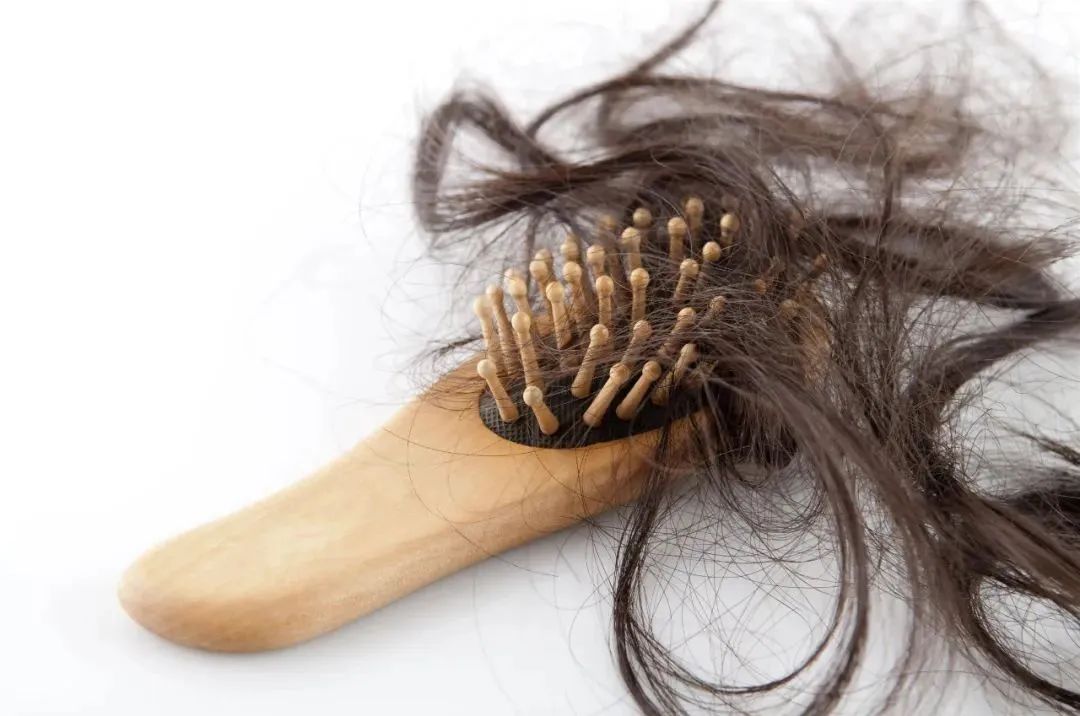
The Yangming pulse refers to the Stomach Meridian (Zu Yangming Wei Jing) and the Large Intestine Meridian (Shou Yangming Da Chang Jing). After the age of thirty-five, the function of the Yangming pulse begins to decline. It is important to note that these two meridians pass directly through the face and are directly related to the body’s nutrient absorption. As the function of these meridians weakens, the flow of Qi and blood to the face diminishes, leading to a lack of nourishment for the skin and muscles, resulting in yellowing and sagging.
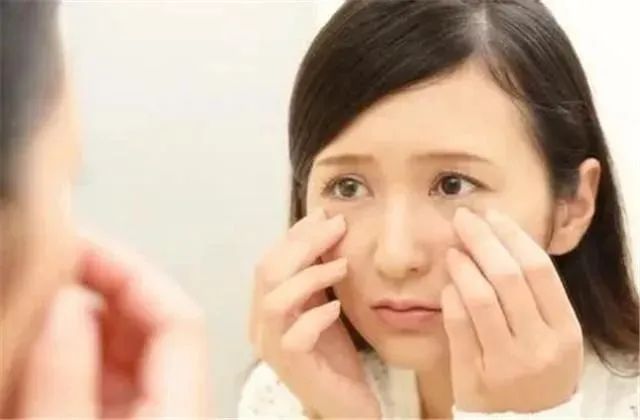
On the other hand, the Spleen is closely related to the Stomach, and when the Yangming pulse weakens, the Spleen also begins to weaken! The Spleen governs the muscles and is responsible for lifting. If the Spleen is deficient, the muscles become slack, dry, and lifeless. Without support, the facial muscles naturally sag.
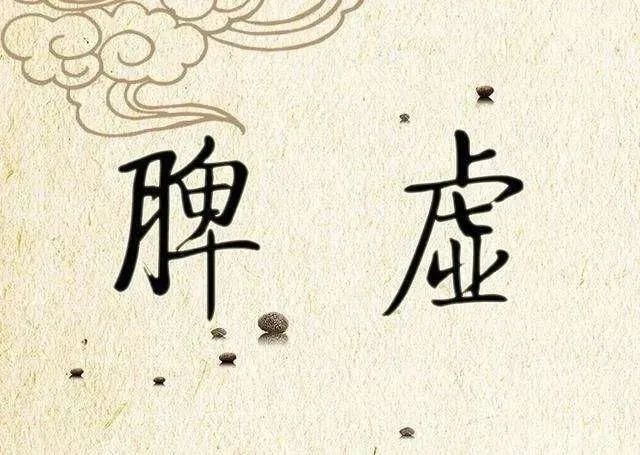
Of course, thirty-five is a relative age; for some women with consistently poor Spleen and Stomach function, sagging may begin even before this age. Conversely, women with strong Spleen and Stomach functions may not experience significant sagging even at forty or fifty. So, is there a way to delay facial sagging for women?
02
Why can moxibustion lift sagging faces?
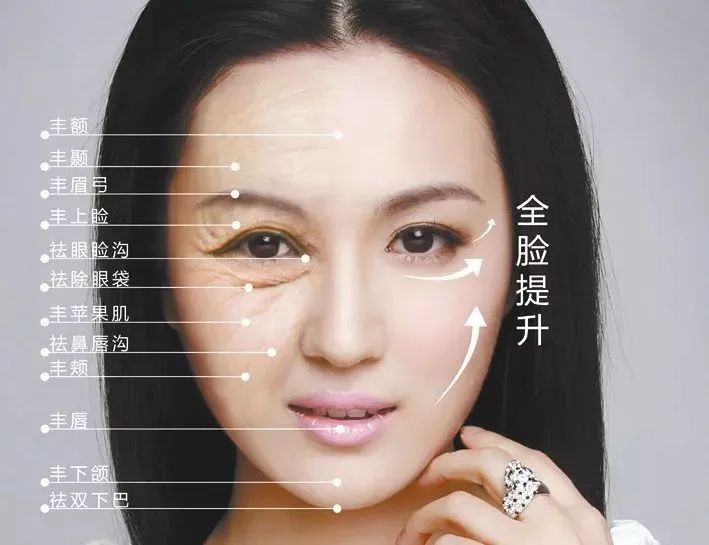
Women care deeply about their appearance, and when they notice facial sagging, many choose makeup to cover the sagging lines. However, they know that these solutions only address surface issues and may even accelerate facial aging. In contrast, moxibustion, one of the oldest medical practices in China, can regulate hundreds of diseases without injections or medications, often resolving issues through moxibustion alone!

In addition to overcoming diseases, moxibustion can also provide “beauty” benefits, alleviating facial sagging in women. Moxa is purely Yang in nature and can quickly replenish the body’s Yang Qi, ensuring sufficient Qi and blood. According to TCM, vitality depends on the balance of Qi and blood; Qi nourishes blood, and blood supports Qi. When Qi and blood are balanced, the body remains healthy and free from disease.
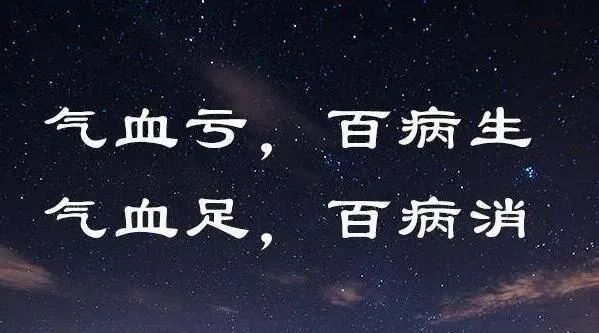
Consistent moxibustion at the appropriate acupuncture points can positively stimulate the two Yangming meridians, restoring their function, delaying their aging, and strengthening the Spleen and Stomach, making it less likely for the muscles to sag.
03
Daily moxibustion to quickly lift sagging faces
Women and moxibustion are a natural pair. Moxibustion improves the essence of health, while typical cosmetics merely cover the surface, and may even harm health. The approach to moxibustion for facial sagging primarily focuses on strengthening the Spleen and regulating the Stomach, promoting Qi and blood circulation, which directly relates to muscle relaxation. Additionally, regulating the Spleen and Stomach can reduce many gynecological issues.
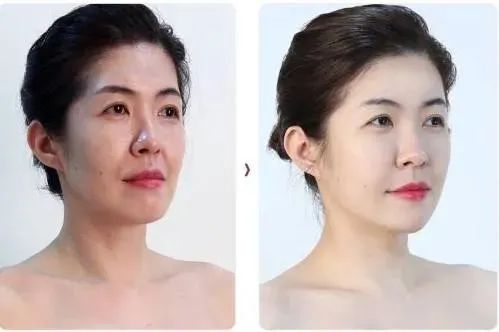
From physiological, pathological, or treatment perspectives, the Spleen and Stomach are closely related to gynecology. The specific acupuncture points are as follows:
Moxibustion for the Spleen and Stomach to lift sagging faces:
1. Pishu (Spleen Shu), Weishu (Stomach Shu)
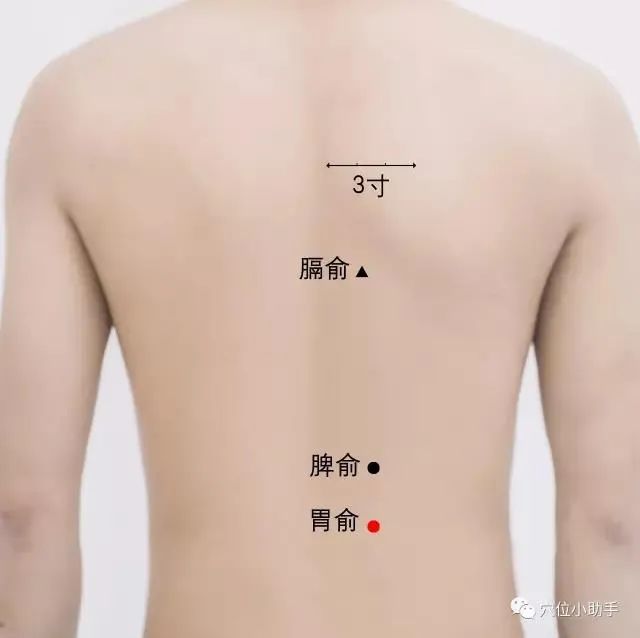
2. Zhongwan (Middle Cavity), Shenque (Navel), Tianshu (Heavenly Pivot)
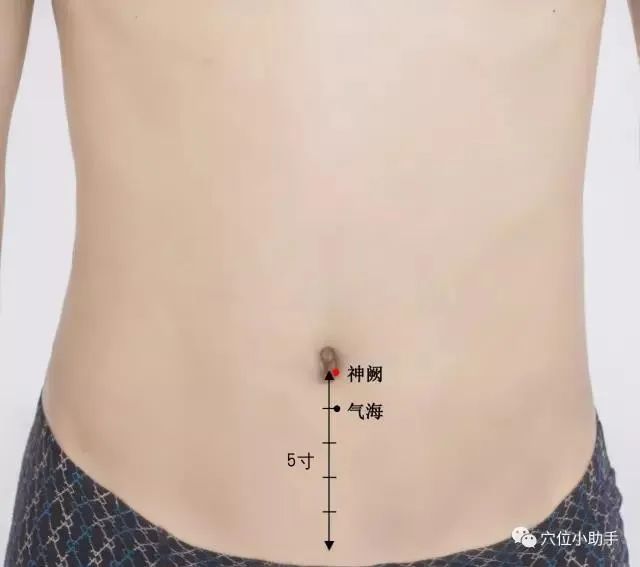
3. Zusanli (Leg Three Miles)
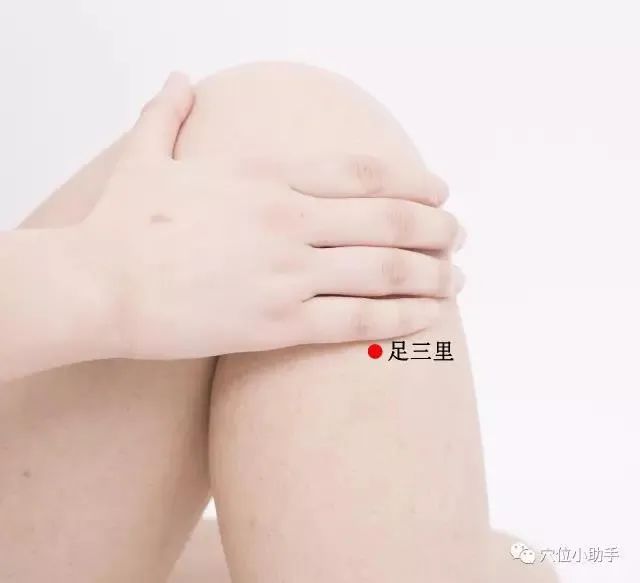
4. Chongyang (or Taibai)
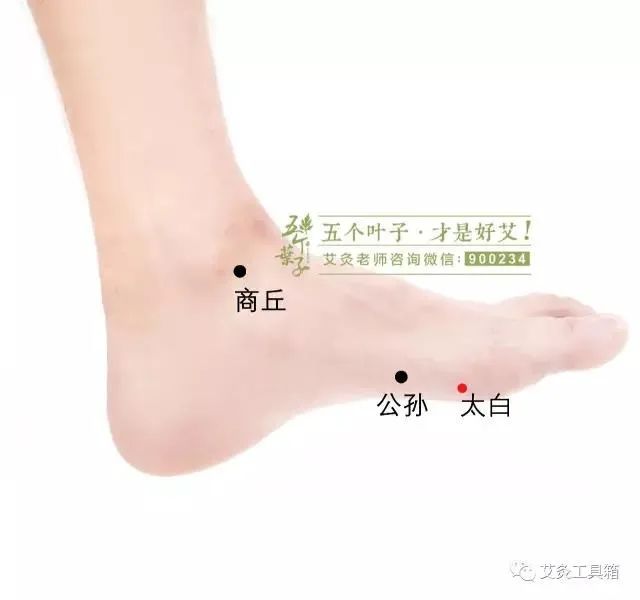
Moxibustion method: Rotate through the acupuncture points for moxibustion, moxibustion 3-4 points daily for about an hour, resting for 1-3 days each week. (Additionally, appropriate warming moxibustion on the head acupuncture points can be beneficial, as the head is the convergence of all Yang, with many Yang meridians. When Qi and blood are abundant in the head, the facial meridians will be relatively unobstructed, making one appear more spirited and giving the facial skin elasticity.)
04
Other beauty effects of moxibustion

1. Moxibustion for dark circles
Traditional Chinese Medicine (TCM) believes that insufficient kidney water, rising empty fire, and habits like staying up late can easily lead to dark circles. In this case, moxibustion focuses on nourishing Yin, tonifying the kidneys, and clearing empty fire.
Acupuncture points include: Ashi point, Pishu (Spleen Shu), Shenshu (Kidney Shu), Shuifen (Water Point), and Sanyinjiao (Three Yin Intersection).
2. Moxibustion for eye bags
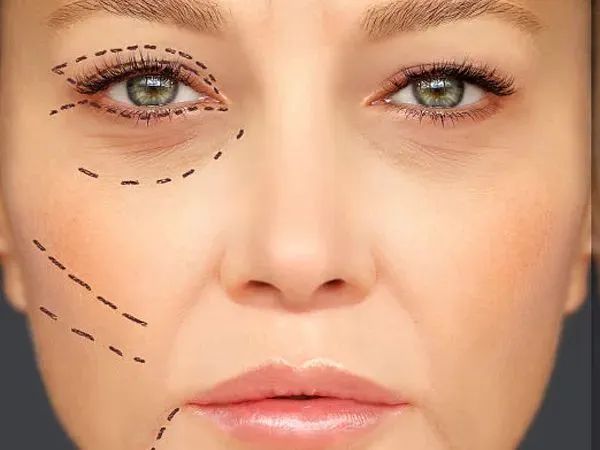
Eye bags are a common concern for many. The skin around the eyes is thin and delicate, with many blood vessels, and poor habits can easily lead to excess fluid and blood accumulation under the eyes, causing swelling that resembles bags. TCM believes that eye bags are often due to Spleen dysfunction, leading to poor fluid metabolism and skin puffiness. Moxibustion focuses on strengthening the Spleen, promoting fluid metabolism, and nourishing the skin.
Acupuncture points for eye bags: Eye bag area, Pishu (Spleen Shu), Zusanli (Leg Three Miles), and Sanyinjiao (Three Yin Intersection).
3. Moxibustion for pigmentation
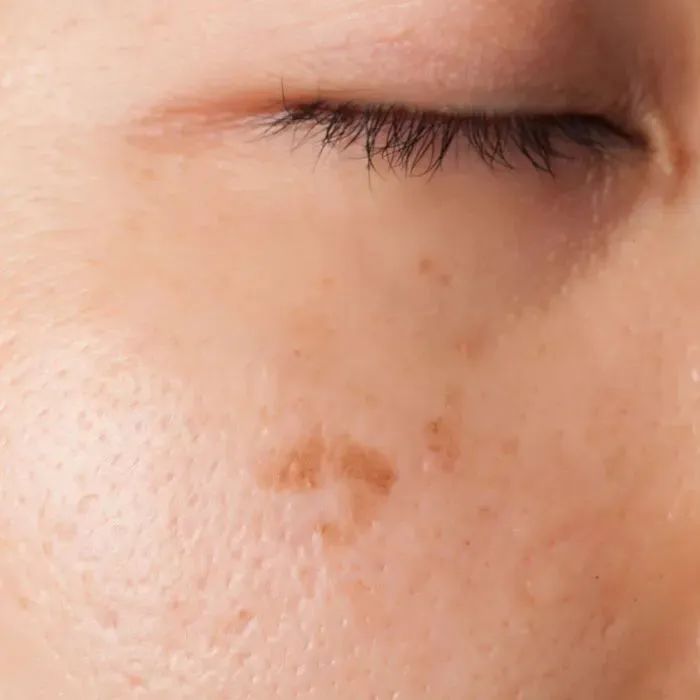
Moxibustion can eliminate facial coldness, dampness, and toxins, reducing pigmentation, blackheads, and blemishes. TCM believes that pigmentation is often related to dysfunction of the liver, spleen, and kidneys, rather than just local skin issues. Moxibustion should be used for both internal and external regulation to ensure sufficient Qi and blood and normal organ function for pigmentation to disappear. Acupuncture points include: Pigmentation area, Zhongwan (Middle Cavity), Shenque (Navel), and Zusanli (Leg Three Miles).
05
These beauty acupuncture points are worth knowing
There are hundreds of acupuncture points in the body, some of which are particularly effective for improving Qi and blood circulation and enhancing facial complexion, such as the following:
1. Xuehai (Sea of Blood)
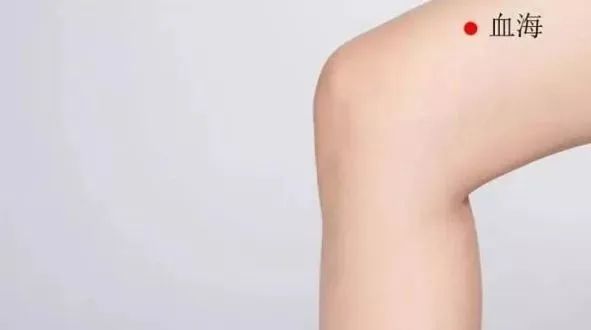
Xuehai is a point on the Spleen Meridian, meaning the ocean where the heart’s blood converges. Xuehai is effective in promoting Spleen blood circulation, invigorating blood, and nourishing blood. In addition to regulating Qi and blood, women with menstrual irregularities, dysmenorrhea, or amenorrhea can benefit from Xuehai.
2. Sanyinjiao (Three Yin Intersection)
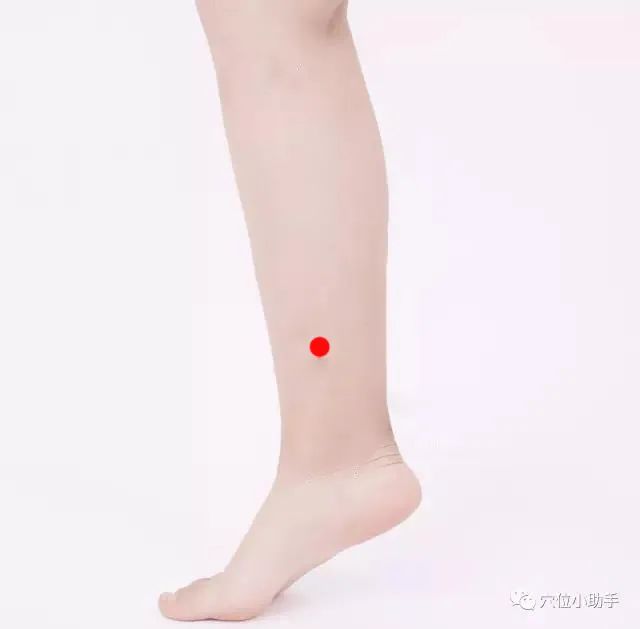
Location: On the inner side of the lower leg, three inches above the highest point of the ankle bone (approximately the width of four fingers).
Clinically, many female patients’ gynecological issues and infertility are related to invasion by wind, cold, and dampness. These patients often have dark blue skin around the lips. Since Sanyinjiao connects the three Yin meridians of the liver, spleen, and kidneys, regular stimulation of this point can regulate menstruation and improve facial complexion.
3. Taixi (Great Stream)
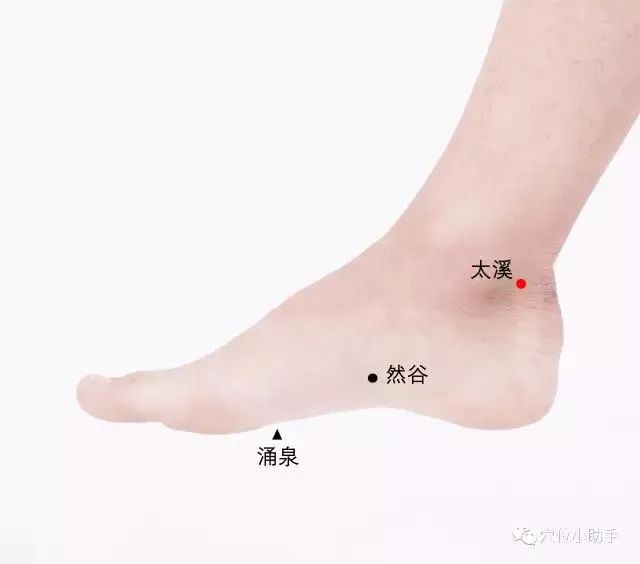
Taixi is the source point of the Kidney Meridian, where the original Qi of the Kidney resides. It is suitable for nourishing Yin and replenishing essence. Those with Kidney Yin deficiency, excessive fire, or Kidney Yang deficiency can benefit from moxibustion at Taixi. Additionally, the time between 5-7 PM is the Kidney Meridian’s active period, and massaging Taixi during this time is beneficial. The pressure should create a sensation of soreness and fullness, ideally accompanied by a tingling feeling.
4. Taichong (Great Surge)
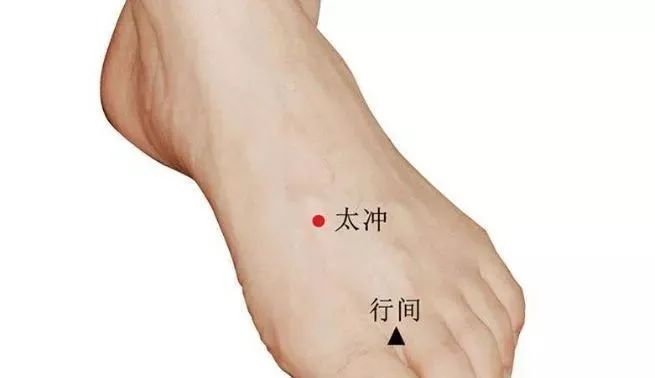
This point on the Liver Meridian nourishes Liver Yin, assists in blood storage, and is particularly suitable for women. Taichong is a source point that effectively regulates menstrual irregularities, headaches, red eyes, pediatric convulsions, abdominal distension, and enuresis. Moxibustion at Taichong can nourish blood and soften the liver, providing excellent results for menstrual irregularities.

